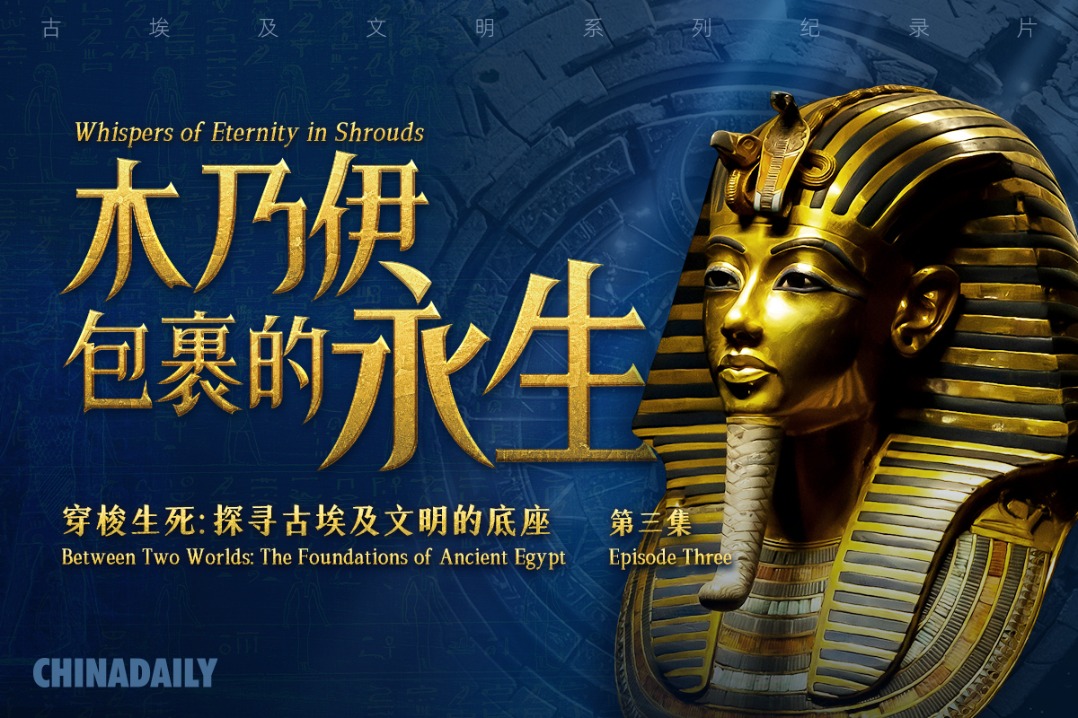Xinjiang: A living tapestry of intangible cultural heritage


Mulberry paper making
Mulberry paper, an ancient Uyghur handicraft dating back to the Tang Dynasty (618-907), was once widely used for printing books, packaging tea and herbs, and even currency. After nearly disappearing with industrialization, it was revived after being listed as a national intangible cultural heritage in 2006.
Made from mulberry bark through labor-intensive steps—peeling, soaking, boiling, beating, fermenting, filtering, molding and drying—the paper is prized for its smooth texture and durability, lasting over a thousand years. Only a few families still practice the craft today. The 11th inheritor, Tursunbaher Tohtibahi, not only continues the tradition but also trains students and has expanded the market abroad to East Asia, the US, Japan and Saudi Arabia.
























